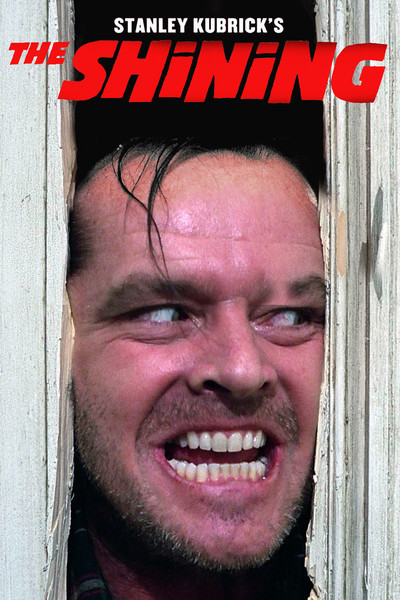 Stanley Kubrick was a consummate perfectionist. Actress Shelly Duvall remembers the shooting of The Shining as 200 days of fake crying and swinging a bat, over and over, sometimes for dozens of takes. There’s a Hollywood joke about how directors get lazier as the day goes on. “At 7:00am, you’re shooting Citizen Kane. At 7:00pm, you’re shooting Plan 9 From Outer Space.” Stanley Kubrick wanted Citizen Kane at 7:00am, Citizen Kane at 7:00pm, and if he could wrangle it, Citizen Kane during his cast’s lunch break.
Stanley Kubrick was a consummate perfectionist. Actress Shelly Duvall remembers the shooting of The Shining as 200 days of fake crying and swinging a bat, over and over, sometimes for dozens of takes. There’s a Hollywood joke about how directors get lazier as the day goes on. “At 7:00am, you’re shooting Citizen Kane. At 7:00pm, you’re shooting Plan 9 From Outer Space.” Stanley Kubrick wanted Citizen Kane at 7:00am, Citizen Kane at 7:00pm, and if he could wrangle it, Citizen Kane during his cast’s lunch break.
This obsessive approach actually made his films less perfect, as it increased the odds of a continuity error between shots. Kubrick’s films are a target the size of a barn door for the forces of entropy, and indeed, the final cut of the Shining has a lot of goofs. Furniture mysteriously moves between shots. Danny’s sandwich has different bite marks.
I think Kubrick must have been aware of this, because The Shining also contains extremely big and easily fixed mistakes, ones that a perfectionist surely would have noticed. At the start of the film, the caretaker who murders his family is named Charles Grady. But when Jack Torrance meets the caretaker (or his ghost), he introduces himself as Delbert Grady. The climax of the movie involves a chase through a hedge maze, but, but in the opening aerial shots (where we see the entire Overlook Hotel) there is no hedge maze on the estate.
These blunders are so big and showy that they seem intentional. They’re so clearly part of the movie that one attaches thematic significance to them (Jack’s perception is unreliable, the hotel is not as it seems, etc), and maybe Kubrick was hoping we’d also attach thematic significance to the smaller ones, too. After all, a mistake is only a mistake when you admit it. Everyone knows that when you mess up performing a martial art kata, you don’t hastily correct. You make it look like you meant to do that.
If this was Kubrick’s strategy, it worked. Mssage boards are full of thematic analysis of the different bite marks in the sandwich, and so forth. Nobody will believe that he was actually capable of making a mistake.
Stephen King famously didn’t like this adaptation. Kubrick probably couldn’t have adapted any of his works to his satisfaction, except maybe for Christine, which is about a car. Kubrick’s movies are very cold, and although sometimes full of human energy, they usually don’t have a human heart. Jack hacking through a bathroom door is scary the way a wind-up machine doing the same thing is scary. King’s novel invites us deep into Jack’s psyche, while Kubrick’s movie turns him into another scary thing in a house full of scary things.
Were these intentional stylistic touches? Or where they deficiencies in Kubrick’s storytelling abilities? Because of Kubrick’s tactics, I’m not sure. At a high level, it’s difficult to tell a feature from a bug.
I feel the same way about the changes to the story’s lead. In the book, Jack Torrance is a nice guy with a monkey on his back. In the film, he’s a terrifying alien almost from the beginning. His suit doesn’t fit. He pounds the keys on a typewriter as if it’s a boxing match. When his new employer asks if his wife is comfortable staying at a hotel with such a gruesome history, he replies with something like “she’s a confirmed ghost story and horror film addict!”, hitting a jarring combination of weird and socially awkward. Every time he smiles, it’s an uncertain smile, as if the reptile inside is worried about tearing the human skinsuit.
Almost all of the film still holds up. It cuts out most of King’s self-indulgent touches (the living hedge maze animals, the jar of wasps), leaving a story that’s very slow while never dragging. You feel the passage of time, and the alienation from the outside world.
I think he damaged Shelly Duvall’s sanity, though. The woman just isn’t right.
No Comments »
Comments are moderated and may take up to 24 hours to appear.
No comments yet.
